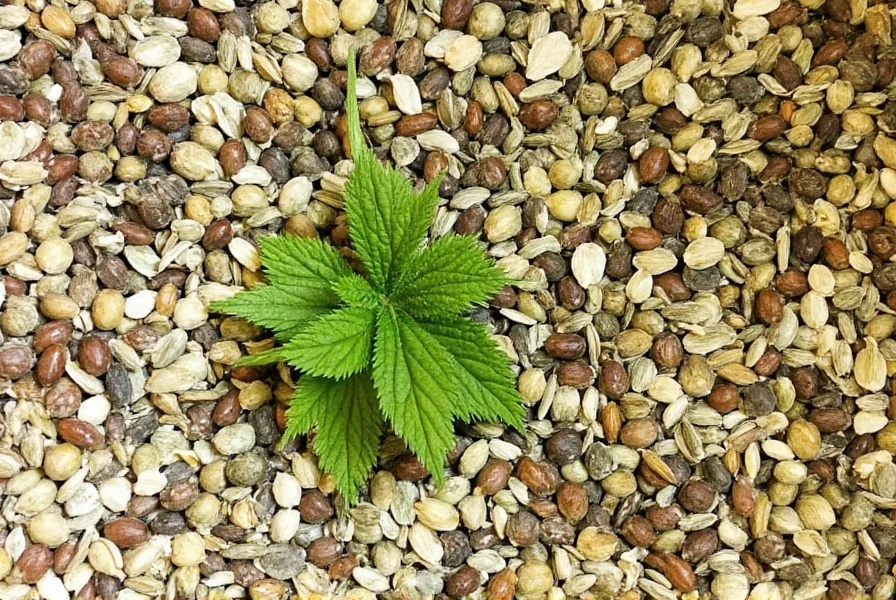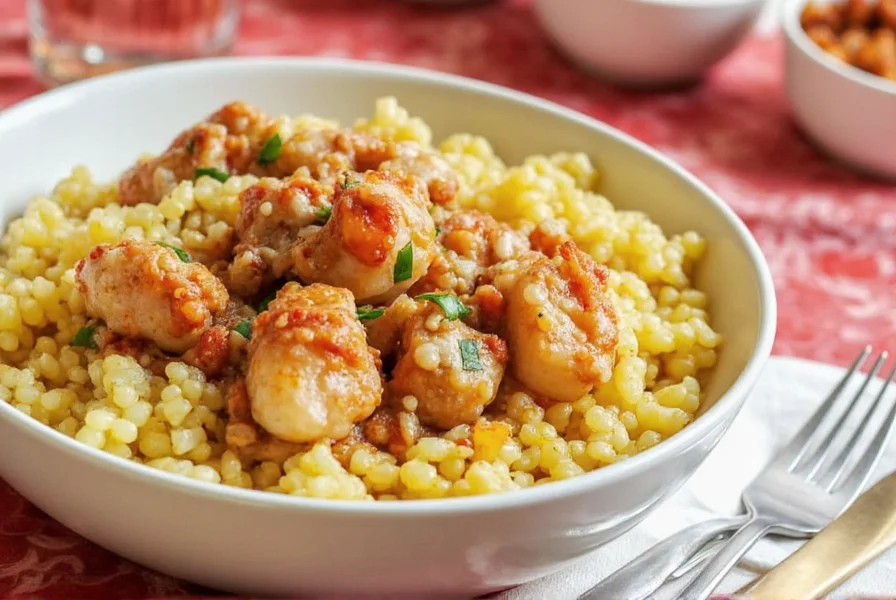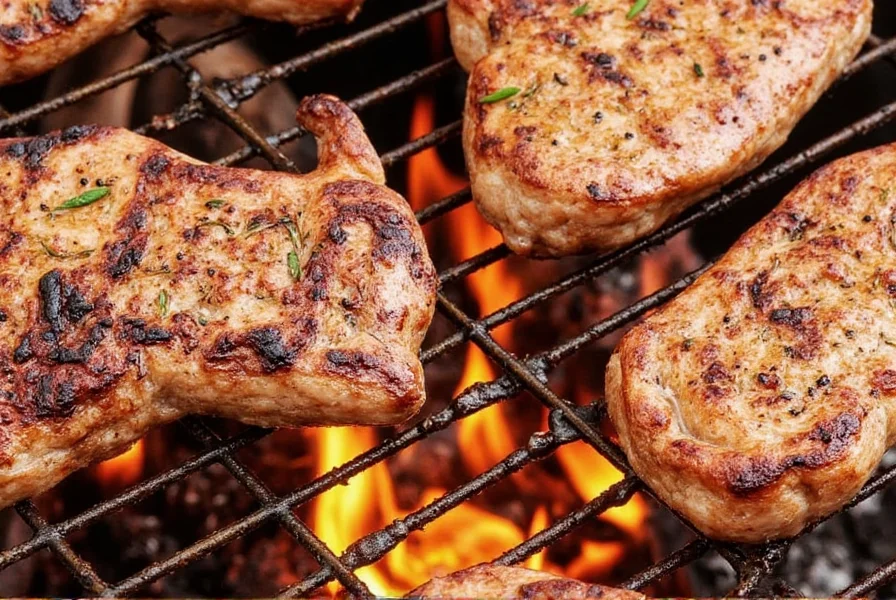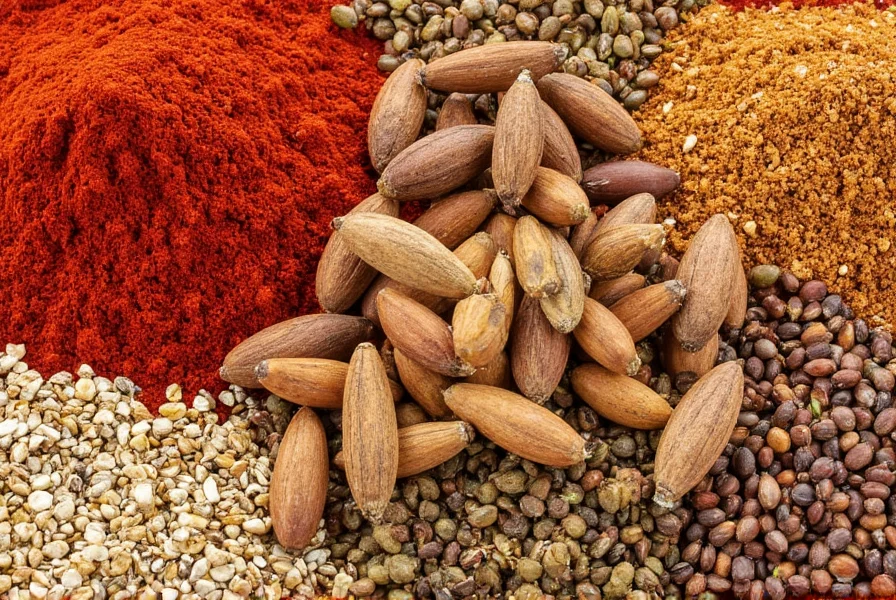Want to take your cooking to the next level? The secret to incredible flavor often lies in how you handle your spices. Here are five proven tips to maximize their aroma and taste in every dish.

| Spice | Best Cooking Use | Storage Tip |
|---|---|---|
| Cinnamon | Baking, oatmeal, coffee, curries | Store whole in airtight container; grind fresh before use |
| Cumin | Tacos, chili, roasted vegetables, spice blends | Keep whole seeds; toast before grinding for deeper flavor |
| Coriander | Curries, soups, marinades, salad dressings | Store whole seeds; crush lightly before adding to dishes |
| Basil | Pasta sauces, salads, pesto, fresh garnish | Refrigerate fresh leaves in a damp paper towel; dry for longer storage |
| Fennel Seeds | Italian sausages, breads, Indian curries, digestive teas | Store in airtight container away from heat; whole seeds last longer |
Tip #1: Use Whole Spices and Grind Fresh
Whole spices retain their volatile oils longer than pre-ground versions. Grinding them just before cooking releases the maximum aroma and flavor. Store whole spices in airtight containers away from light and heat to preserve potency.

Tip #2: Toast Dry Spices Properly
Heating spices in a dry pan for 1-2 minutes unlocks their full potential. Watch closely and remove from heat when fragrant to avoid burning. This technique works best for cumin, coriander, mustard seeds, and fennel.
Tip #3: Add Spices at the Right Time
Delicate herbs like basil, cilantro, and fresh ginger should be added at the end of cooking to preserve their bright flavors. Heartier spices like cinnamon, cloves, and turmeric benefit from early addition to infuse dishes deeply.
Tip #4: Use Oil as a Flavor Conductor
Heating spices in oil (tempering) extracts volatile compounds more effectively than water-based cooking. Start with a small amount of oil, add spices, and cook until fragrant before adding other ingredients.
Tip #5: Store Spices Correctly for Maximum Freshness
Keep spices in airtight containers away from heat, light, and moisture. Whole spices retain flavor 2-3 years, while ground spices last 6-12 months. Label containers with purchase dates for best results.

| Spice | Key Flavor Profile | Best Pairings | Top Recipe Use |
|---|---|---|---|
| Cloves | Warm, sweet, pungent | Cinnamon, orange, cardamom | Chai, mulled wine, ham glazes |
| Cardamom | Citrusy, floral, minty | Coffee, ginger, chocolate | Indian curries, Scandinavian baking |
| Black Pepper | Pungent, sharp, slightly fruity | Garlic, rosemary, citrus | Steak rubs, salad dressings, sauces |
| Saffron | Floral, honey-like, earthy | Cream, lemon, turmeric | Risotto, paella, golden milk |
| Fenugreek | Bitter, maple-like, nutty | Curry powder, cumin, mustard | Indian dals, spice blends, pickling |
Frequently Asked Questions About Spice Flavor
Why do my spices taste bland?
Spices lose potency when exposed to air, light, or heat. Ground spices typically lose flavor within 6 months, while whole spices last 2-3 years. Always check expiration dates and store properly in airtight containers away from the stove.
How can I tell if my spices are fresh?
Crush a small amount between your fingers and smell. Fresh spices should have a strong, aromatic scent. If they smell faint or dusty, they've lost potency. Taste a tiny bit - fresh spices should have vibrant flavor, not flat or musty.
Should I toast all my spices?
No. Delicate spices like saffron, paprika, and fresh herbs can burn easily. Toast only hearty spices like cumin, coriander, mustard seeds, and fennel. Always keep heat low and watch closely - 1-2 minutes is usually enough.
What's the best way to store spices long-term?
Use opaque, airtight containers (glass jars work best) and store in a cool, dark place like a pantry. Avoid storing near the stove or in the refrigerator. For maximum freshness, buy small quantities and use within 6-12 months for ground spices, 2-3 years for whole spices.
Can I revive old spices?
Unfortunately, once spices lose their volatile oils, they can't be revived. The best solution is to replace them. Check your spice collection every 6 months and discard anything that doesn't smell or taste vibrant.
How do I know which spices to use together?
Start with classic pairings: cinnamon with cloves and nutmeg for baking, cumin with coriander and chili for Mexican dishes, and cardamom with ginger and black pepper for Indian curries. As you gain experience, experiment with complementary flavors that share similar aromatic compounds.
Conclusion: Flavor Is in the Details
Mastering spice flavor isn't about complex techniques - it's about simple, consistent practices. By storing spices properly, grinding fresh, and adding them at the right time, you'll transform ordinary meals into extraordinary dishes. Remember: every great chef knows that the best flavors come from respecting the ingredients and treating them with care.











 浙公网安备
33010002000092号
浙公网安备
33010002000092号 浙B2-20120091-4
浙B2-20120091-4